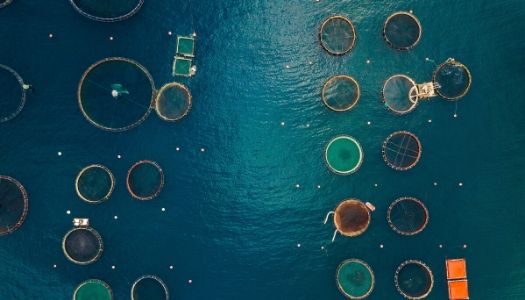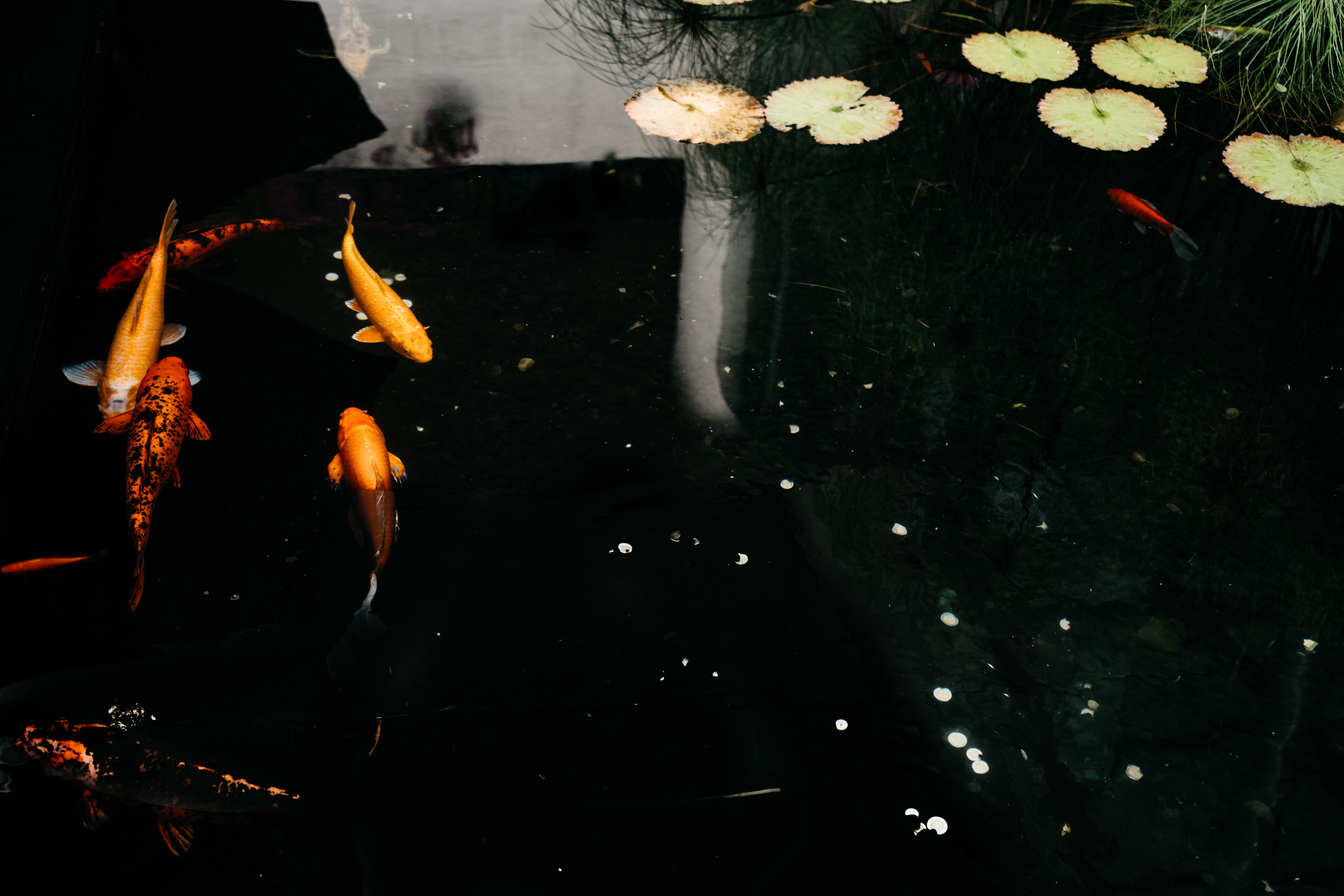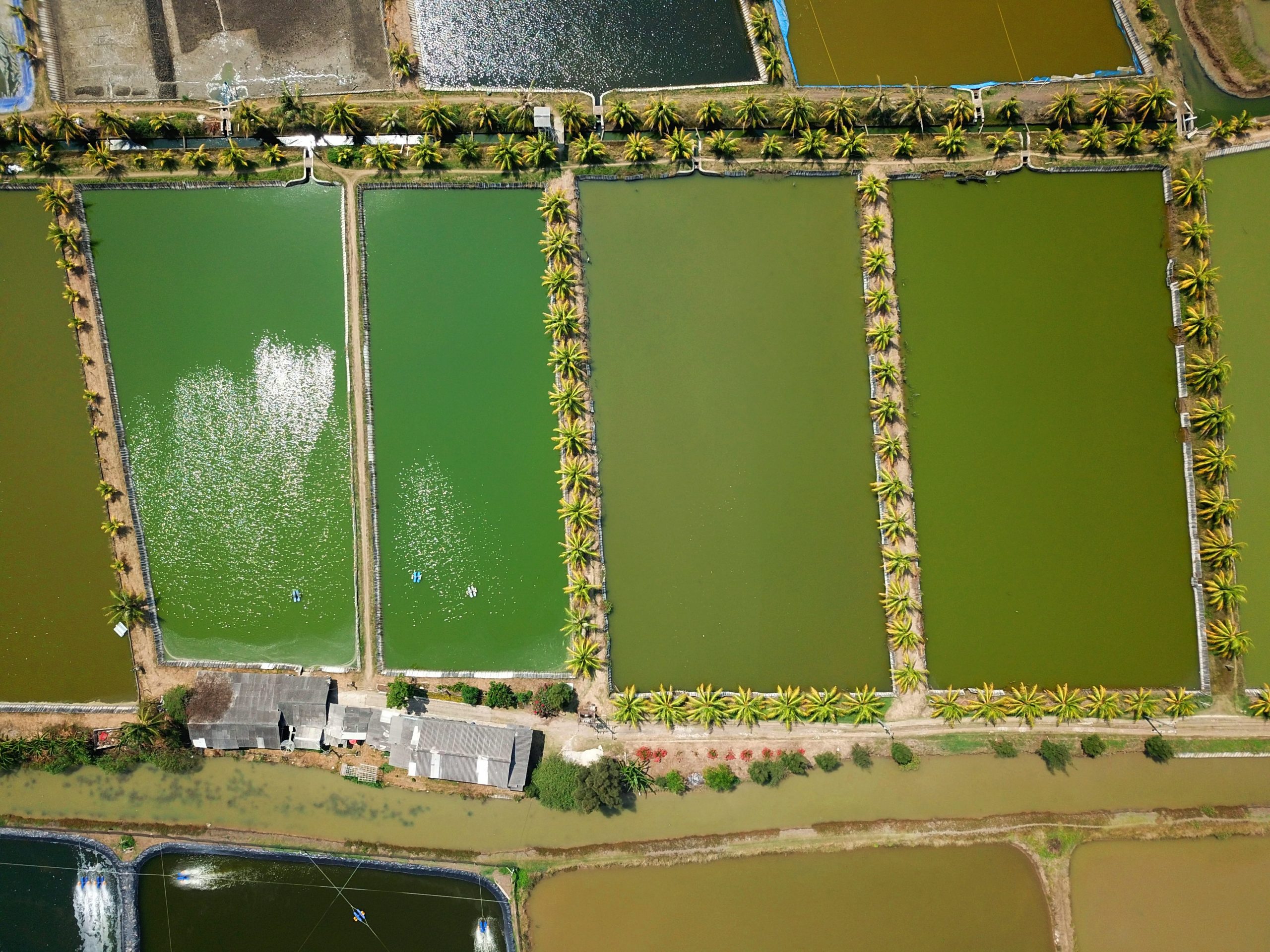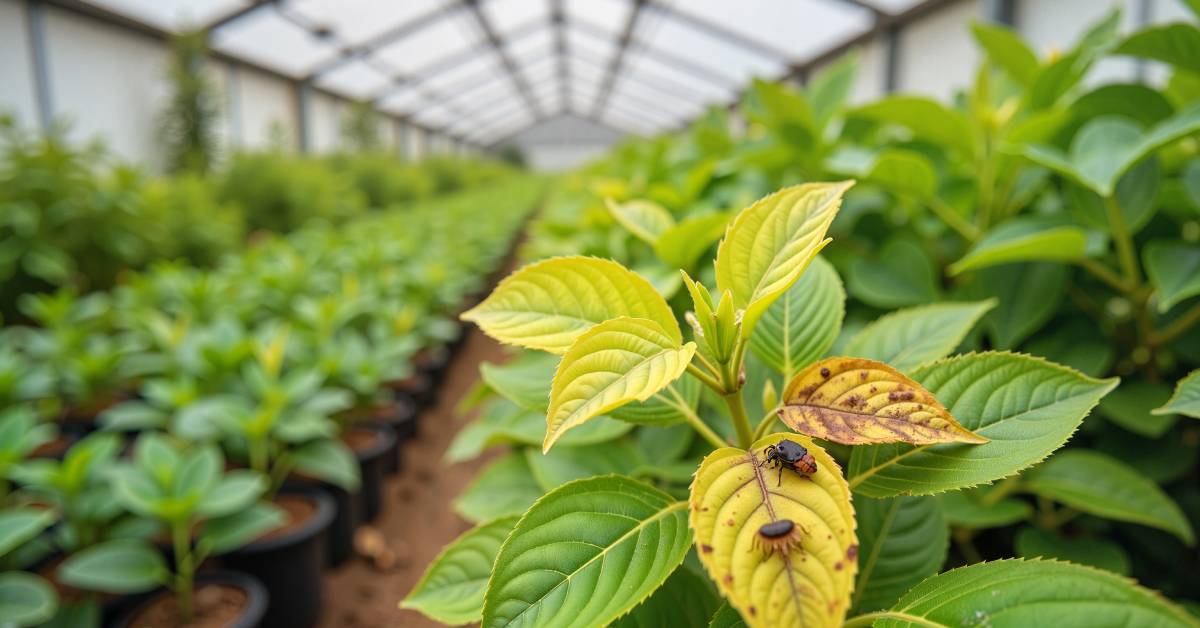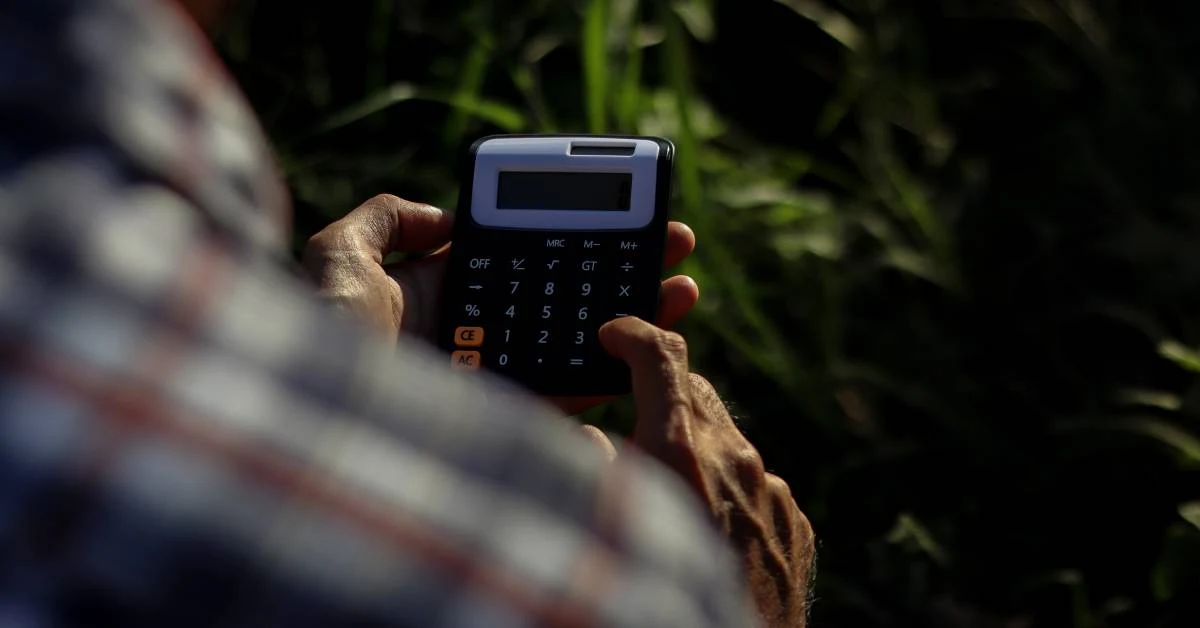Proper maintenance and care of fish farm ponds helps ensure they remain a well-balanced water source for fish. How do you prevent some common pond problems? What are some common maintenance routines that you should follow? And how can technology help you ensure preventive maintenance management?
After Storms or Heavy Rain
Inspect dike for erosion and leaking:
It is important to make sure that there is no erosion or leakage in the dike after a heavy rain or storm. Monitor the dike and see if the ground is unusually wet near the base. Additionally, water can leak along the outside of a spillway pipe, carrying away soil and making a hazard. If a leaking pond is suspected contact an environmental engineer to fix it.
Inspect quality of water entering the pond and reduce nutrient input if present:
Rainwater is rich in nutrients therefore; it is important to inspect the quality of water that enters your pond after a rainfall. Too much rain can deposit too much nutrients which alters the pH level and hardness of the water due to which the aquatic animals suffer and die.
Monthly Maintenance
Assess presence of pond plants; excessive growth typically occurs in mid to late summer:
Pond plants give numerous advantages, including prime fish habitat, shade, erosion control, oxygenation and scenic beauty. Become acquainted with the plants in your pond and decide whether or when a plant is overabundant. If plants are interfering with common uses of a pond (fishing, swimming or irrigation), they should be identified and treated. Keep plants to a minimum on pond banks. Grasses and weed prevents adequate inspections. Plants that die and fall into the pond, can plug pipes, pipe inlets, strainers, heat exchangers and pumps. If herbicides are used to control plant growth, be sure to follow all regulations. Consult with your local county agent and licensed applicator to select and apply appropriate herbicides.
Maintain mown grass to stabilize dike; remove woody vegetation from dike:
Plants that die and fall into the pond, can plug pipes, pipe inlets, strainers, heat exchangers and pumps. Decaying roots can cause erosion problem and plants also hinder safety inspections. They also obstruct emergency spillway capacity and falling trees cause possible damage to spillways and outlet facilities, therefore it is important to make sure there are no woody vegetation around the dike and remove them from time to time. Pond owners should check the dike and side of ponds carefully several times a year. Establishing good grass cover helps prevent erosion on the exposed areas near and around a pond. Fill eroded areas and re-seed or place sod over bare soil. The roots will retain and stabilize the soil.
Check water temperature for fish habitat:
Temperature is most important for fish and other aquatic life in the pond. It is best to match the types of fish stocked in a pond with the existing temperature regime. Cold-water fish prefer maximum water temperatures below 70°F, while warm-water fish prefer summer temperatures in the 80s.
Temperature of the pond water affects respiration of the fish as they require sufficient dissolved oxygen in water. If it’s too warm, fish can run out of oxygen. The temperature also affects other aquatic organisms that pond fish may depend on for food or production of oxygen.
Seasonal Maintenance
Inspect for wildlife damage:
Once in a while, it is important to inspect for wildlife damage as well. Wildlife such as muskrats and beavers can do damage and cause other issues that negatively affect a pond. Muskrats can create stability problems by burrowing holes in pond dams and burrowing holes elsewhere around the pond resulting in erosion. When muskrats are burrowing into a dam, the affected area on the pond dam needs to be covered, above and below the shoreline, with rocks or with a metal fencing mesh. Beavers can block pond spillways and pipes with limbs and mud. These blockages can result in pond levels rising and flooding the areas around the pond. Explosives many times have to be used to remove these blockages. Eradicate all rodent or borrowing animals and repair any damage caused by them. Dealing with or removing muskrats or beavers generally requires a licensed contractor who specializes in wildlife control.
Repair or replace safety signs:
As we all know that the farm pond is also used for the fish production purpose, it is recommended that some safety signs have to be used like (keep Out, Danger Sudden Drop-Off etc.) to prevent accidents or some other damages. You should provide sufficient, legible safety signage.
Catch and release fish to determine population health:
Catch and release is an important part of pond management in order to let their fish get some age and size to them .This practice improves the fish populations because it allows more fish to stay in their natural habitat and reproduce.
When fish are allowed the chance to survive and reproduce, it preserves the balance of the natural environment. Try to catch some of the fish in your pond each season and record how many of each type you are pulling out of the pond while inspecting them for healthy color, weight, and size. Occasionally checking up on your fish will decrease the frequency and severity of population issues.
Inspect spillway for stability:
Some fish species are subjected to escape ponds during the high flow period, or when water flows over the emergency spillway. So, Spillways are a key component in pond construction. Make sure waste like leaves, branches don’t clog the discharge pipe or channel. Look for erosion and leaks. Trash racks are sometimes used on pipes to keep out waste, but they must be monitored. Natural spillways choked with cattails and other moist soil plants often cause flooding. Keep them flowing. Well-designed and well-maintained spillways can improve water quality, prevent flooding, and enhance a pond’s appearance. Take care of your spillway, and it will take care of your pond. When inspecting the spillway (and the dam), make sure there is no woody vegetation. The root systems can weaken the structure. You’ll also want to check for damage caused by burrowing animals.
Inspect fencing to restrict livestock from entering water:
Due to a constant need for livestock watering holes, many landowners allow livestock unrestricted access to ponds. Fence prevents trampling damage to the pond dike and reduces pond siltation and eutrophication. Collapsed fences must be restored to an upright position. Jagged edges and damaged fences must be repaired or replaced.
Annual Maintenance
Assess silting or changes in pond depth:
Silt is primarily formed from the breakdown of dead plant leaves and similar material at the bottom of the pond. Also record maximum / minimum depths.
Check water pH and adjust for fish habitat:
After oxygen, the next most common cause of fish death in private ponds is poor water. In regions where soils tend to be acidic and very low in dissolved minerals most of the fish will survive (though grow slowly) but will die when stressed by other environmental conditions. The best solution is to prevent this problem by having your water checked for pH. In ponds with low pH and minerals, the solution is to apply 1 to 2 tons of crushed limestone per surface as possible in the pond. This usually results in a quick end to fish losses.
Fish Farm Pond Maintenance Management Software:
Our Fish Farm Pond Maintenance Management Solution helps farm pond maintenance mangers digitize manual processes. It helps them schedule compliance and quality management tasks and keep track of them. If there are any violations, the solution instantly alerts the managers so they can take preventive measures before an issue arises. From automating ration and feed management to continuous checking of fish for signs of any disease, our agriculture CMMS helps you timely take actions to prevent a disaster.

